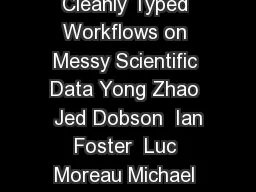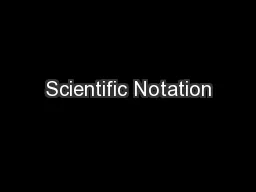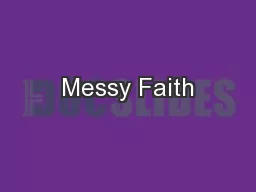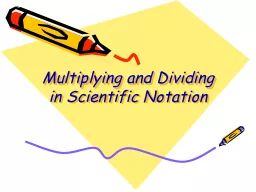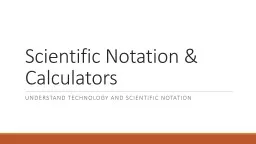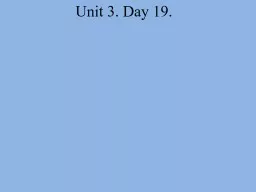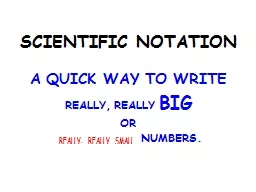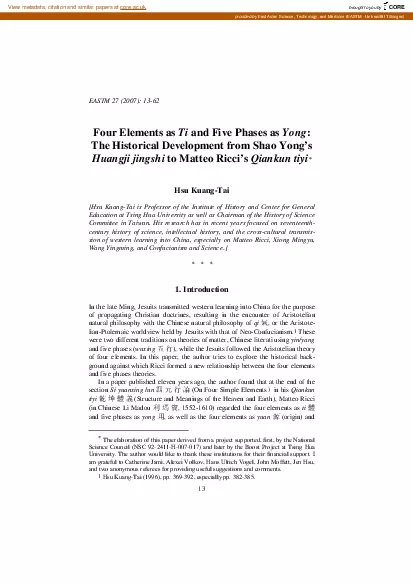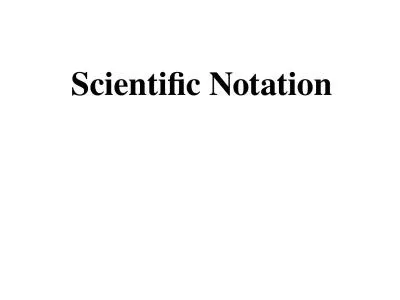PDF-A Notation and System for Expressing and Executing Cleanly Typed Workflows on Messy Scientific
Author : luanne-stotts | Published Date : 2015-03-05
SA Department of Psychology Dartmouth College Hanover NH 03755 USA Mathematics and Computer Science Division Argonne National Laboratory Argonne IL 60439 USA School
Presentation Embed Code
Download Presentation
Download Presentation The PPT/PDF document "A Notation and System for Expressing and..." is the property of its rightful owner. Permission is granted to download and print the materials on this website for personal, non-commercial use only, and to display it on your personal computer provided you do not modify the materials and that you retain all copyright notices contained in the materials. By downloading content from our website, you accept the terms of this agreement.
A Notation and System for Expressing and Executing Cleanly Typed Workflows on Messy Scientific: Transcript
Download Rules Of Document
"A Notation and System for Expressing and Executing Cleanly Typed Workflows on Messy Scientific"The content belongs to its owner. You may download and print it for personal use, without modification, and keep all copyright notices. By downloading, you agree to these terms.
Related Documents

